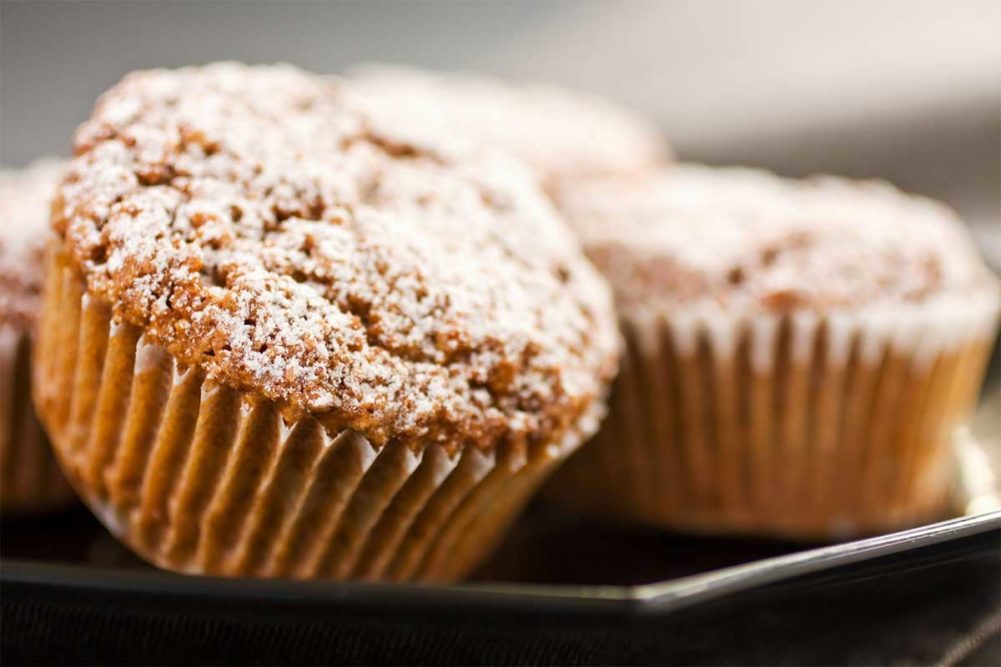Based on the International Scientific Association for Probiotics and Prebiotics (ISAPP)’s scientific consensus definition, any prebiotic compound candidate must be shown to act as a substrate for health-promoting microorganisms in the gut or elsewhere. In addition, its beneficial physiological effect on the host should depend, at least in part, on microbes using the compound.
The most commonly studied prebiotics are the soluble fibers inulin, fructooligosaccharides (FOS), also known as oligofructose, galactooligosaccharides (GOS) and, more recently, human milk oligosaccharides, according to ISAPP. Prebiotics may be present naturally or in synthesized forms.
Inulin and oligofructose are the only plant-based prebiotics available on the market, according to Anke Sentko, vice president regulatory affairs and nutrition communication, Beneo.
Chicory root fiber is the most common source.
“As a soluble fiber, inulin is very easily used in any type of bread product to increase fiber and add proven prebiotic and digestive health benefits,” Ms. Sentko said.
These characteristics also make chicory root fiber a stand-by in sugar reduction.
“Chicory root fiber is often used as a bulking agent in reduced sugar baked goods and snack bars and is often found in gluten-free baked goods,” said Allison Leibovich, senior technical service specialist, bakery, Cargill.
Chicory root fiber may be used in relatively high levels in batter and dough formulations. In hamburger buns, chicory root fiber boosts fiber content while providing tenderness.
“In reduced-sugar baked goods, chicory root fiber also helps replace some of sugar’s functionality, contributing to browning, crumb development, texture and more,” Ms. Leibovich said.
Ingredion markets short-chain fructooligosaccharide (scFOS) prebiotic fiber, which has a clean, slightly sweet flavor that lends itself well to sweet goods. It is highly soluble in water, which makes it easy to use.
“It is easy to incorporate into a variety of baked goods, including cookies, pastries, bars and more,” said Chris Thomas, project leader, technical service. “The scFOS is not recommended for use in yeast-leavened baked goods though, because the yeast may use it as a food source, thereby reducing its nutritional benefit.”
“The best way to incorporate scFOS prebiotic fiber into an existing recipe is a 1:1 replacement of part of the sugar,” he continued. “It readily goes into solution, similar to sugar, and it does not contribute to viscosity.”
[Related reading: Baked foods featuring prebiotics, postbiotics show potential]
Digestion-resistant maltodextrin is a soluble corn fiber that acts as a low-calorie bulking agent in baked goods. It too can be used with minimal formulation adjustments.
“This prebiotic fiber makes it possible to increase soluble fiber in baked goods without sacrificing on the quality of the finished product, including aroma, flavor or texture,” said June Lin, global vice president-marketing, health and wellness, ADM. “It is well-tolerated by consumers, as it ferments in the colon at a slower rate than other prebiotic fibers.”
ADM’s soluble corn fiber can be used in the same way as any standard sugar or syrup in bakery applications, making it easy to adjust to.
“It can also be used as a sugar substitute or in reduced sugar recipes, and it works in the same way that a baker may cream sugar or honey,” said Olivia Rhode, global snacks lead at ADM.
Polydextrose is another prebiotic fiber. It is not hydrolyzed by human digestive enzymes and passes intact to the colon where it is fermented slowly and consistently throughout, thus mediating its effect also in the distal colon where disease risk may be greatest, said Mark Rodhe, global segment leader, human health, DuPont Nutrition & Biosciences.
“It promotes the generation of short chain fatty acids, including acetic, propionic and butyric, of which the latter two have specific documented health benefits,” he said.
Cereals, pseudo-cereals and pulses are important sources of dietary fiber. Some cereals include soluble fiber types with prebiotic activity.
“Wheat, rye, oats and barley contain low levels of the established prebiotics in the form of FOS and fructans, as well as novel prebiotics such as beta-glucans, resistant starch and certain soluble types of arabinoxylans,” said Mike Wolt, senior research and development advisor, Ardent Mills. “The pseudo-cereals, quinoa and amaranth contain novel prebiotics in the form of soluble xyloglucans and soluble pectic polysaccharides. Chickpea, lentils and other pulses contain prebiotics in the form of GOS and resistant starch.”
Prebiotic ingredients can also be extracted from cereal grains in more concentrated formats.
“In some cases, enzyme technology comes into play in converting building block fibers from cereals into more functional prebiotic forms, such as the conversion of arabinoxylans to arabinoxylo-oligosaccharides,” Mr. Wolt explained.
This article is an excerpt from the February 2021 issue of Baking & Snack. To read the entire feature on pre- & postbiotics, click here.




